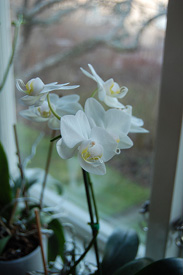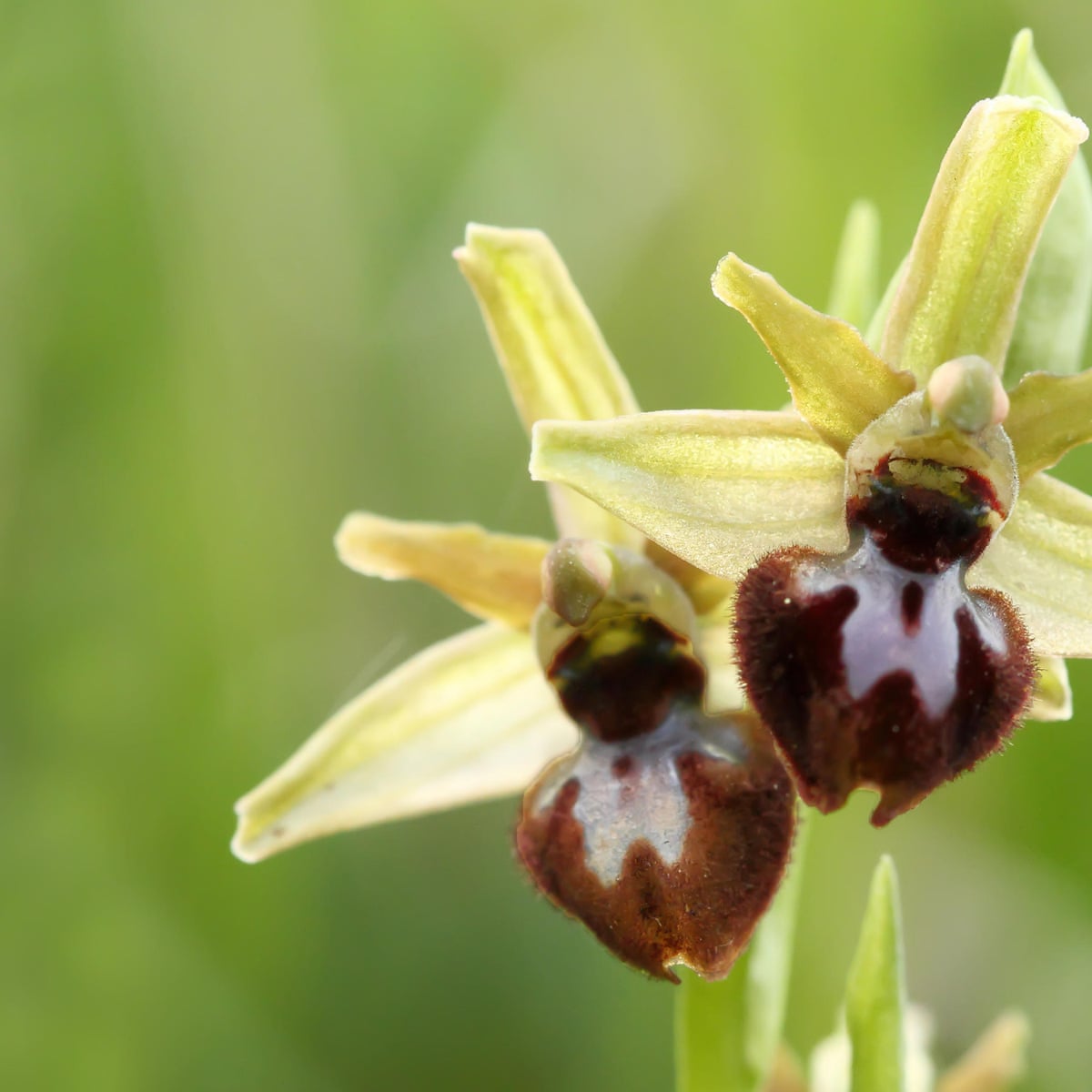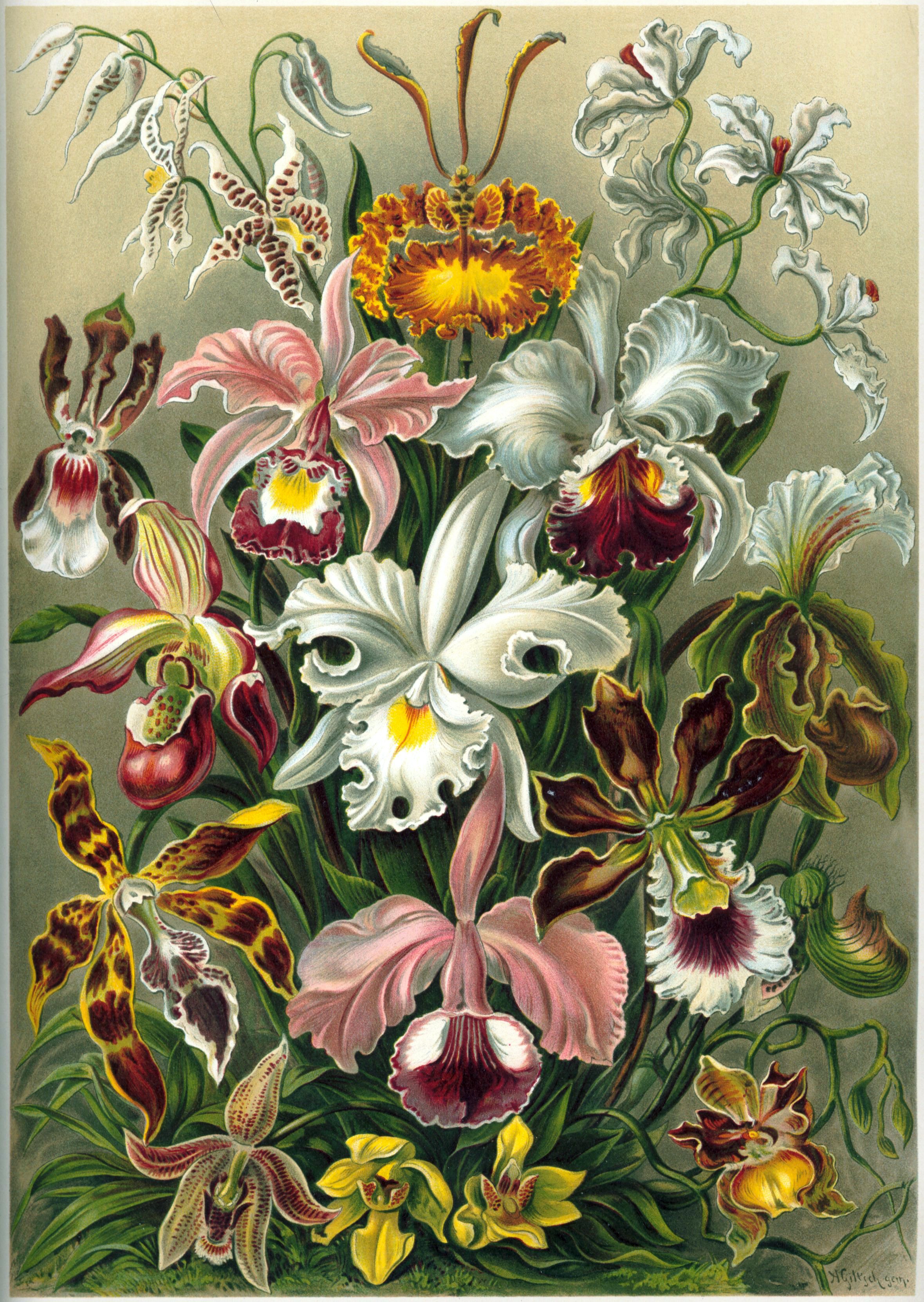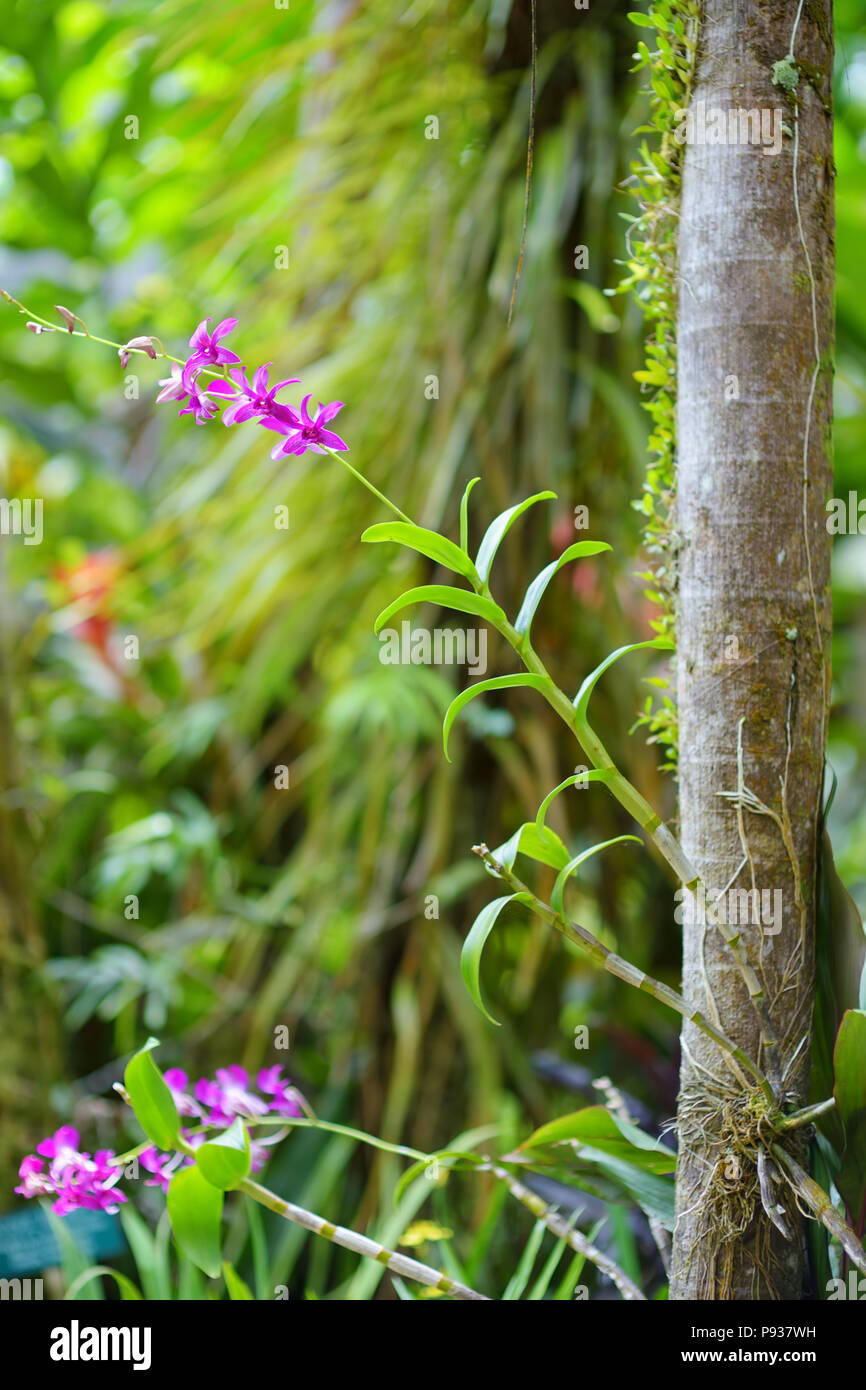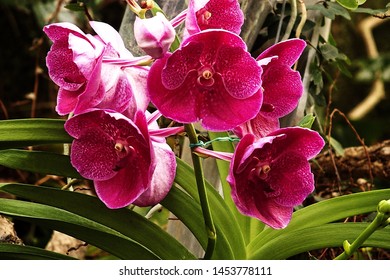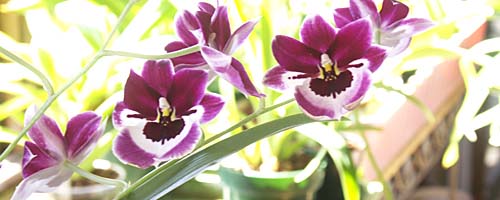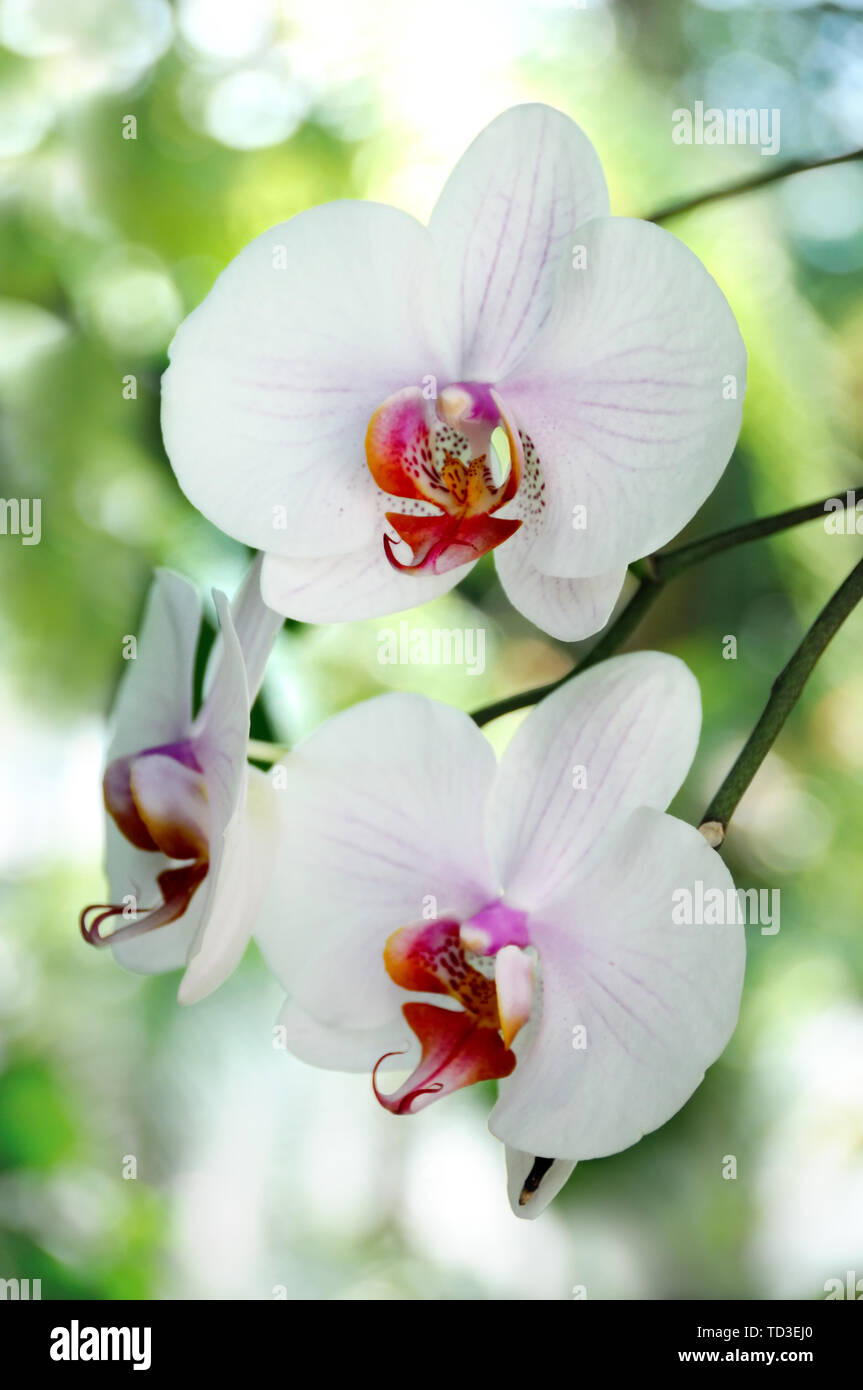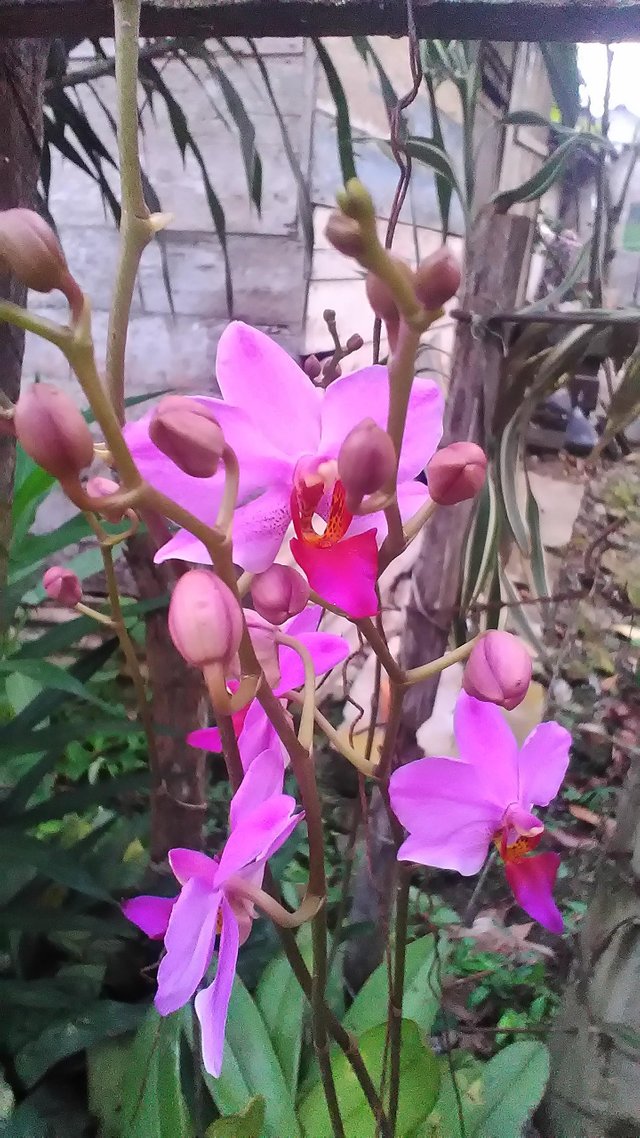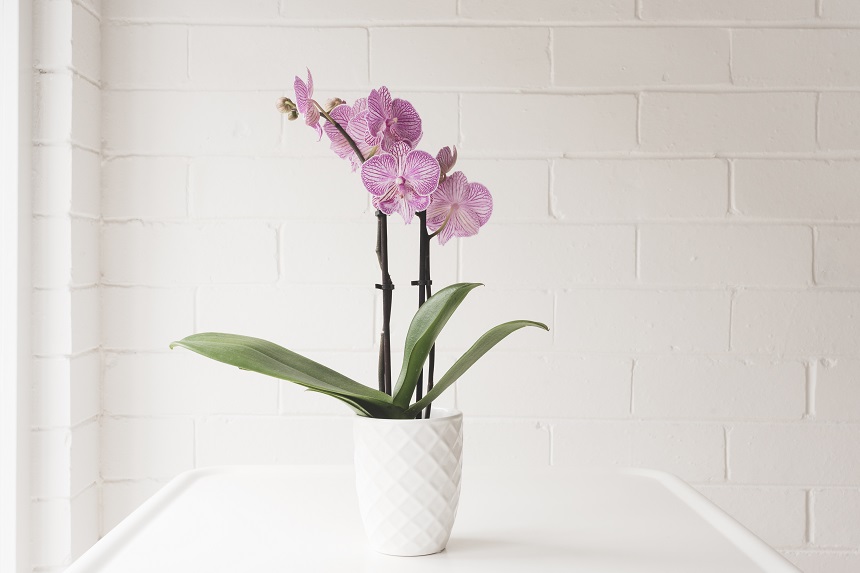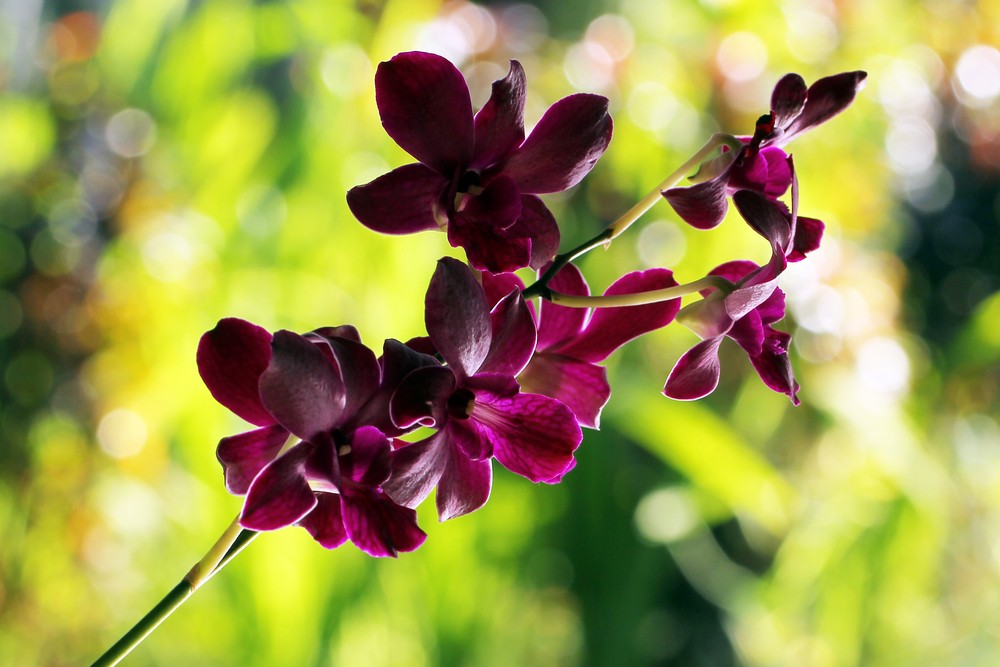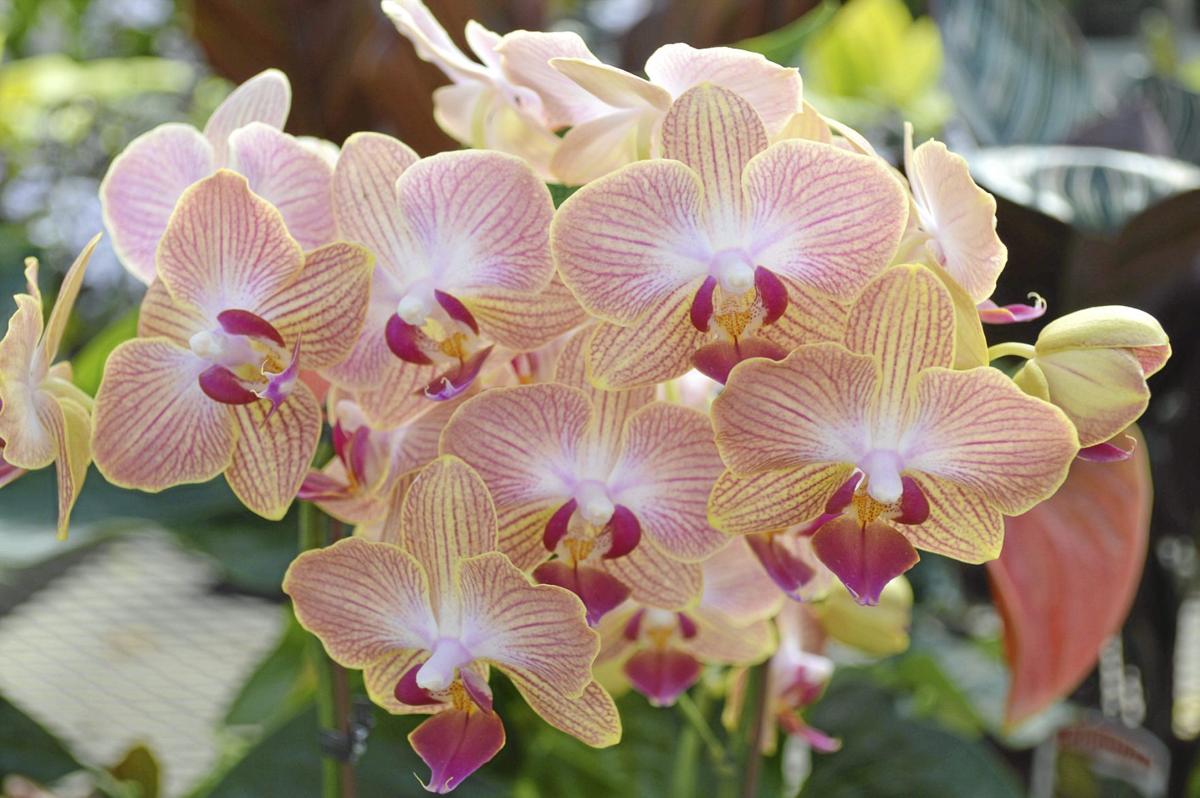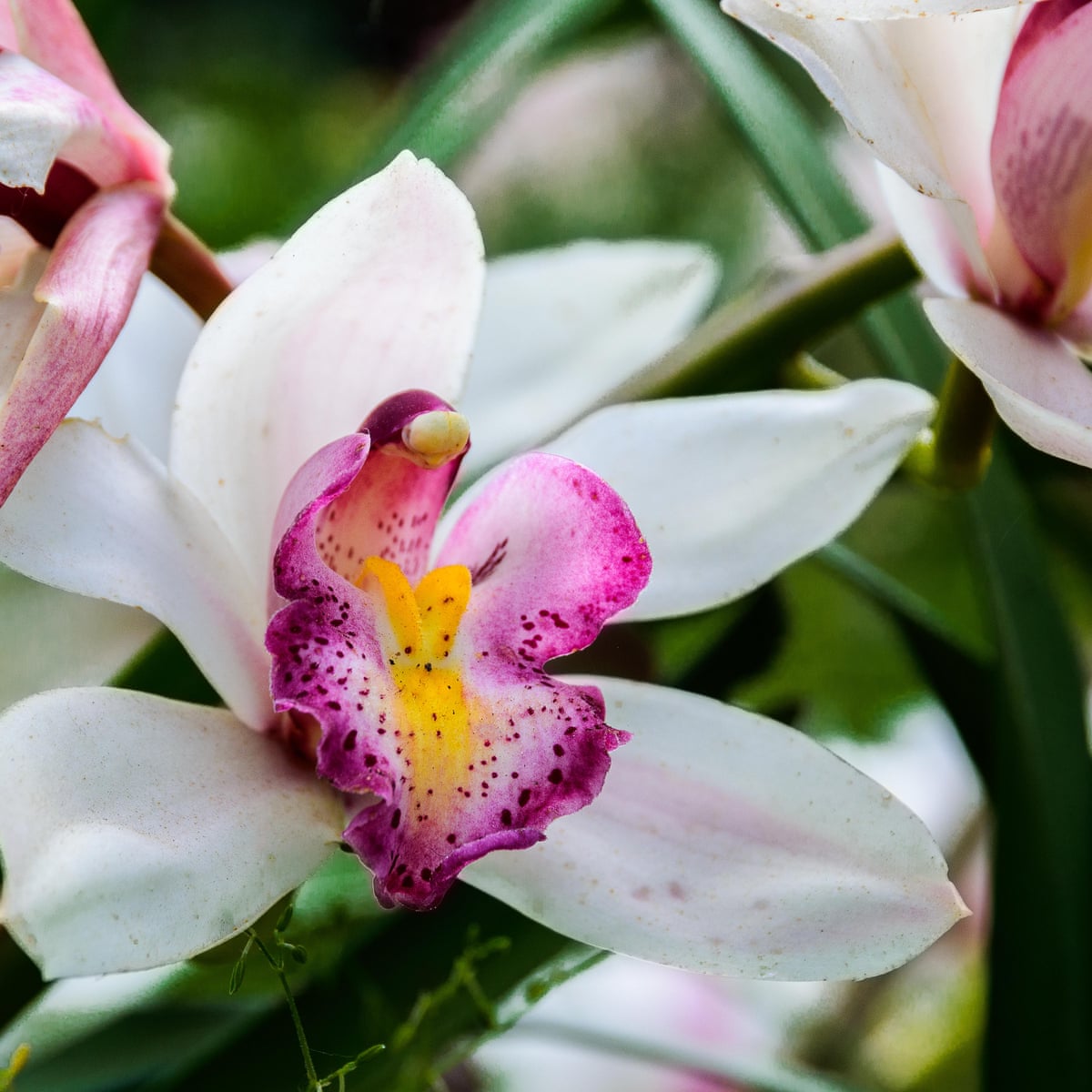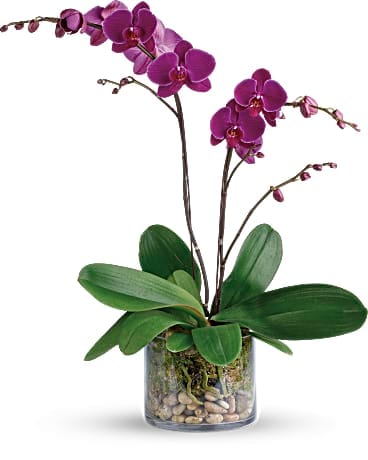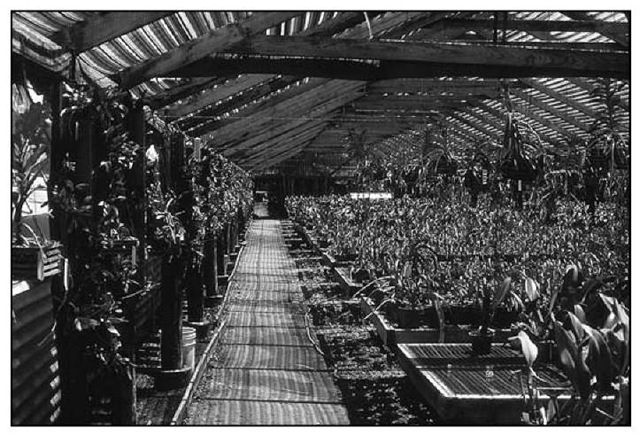Orchids Environment
Inform yourself about the key benefits of orchids habitat how it is produced and how you can order the different grades.

Orchids environment. Orchids are often thought of as tropical perennial flowering plants. Orchid roots are highly adapted and are essential to the plants survival. Orchids grown in a greenhouse prefer a humid carefully controlled environment. Varieties that grow in the ground often feature tubers which store water and help the orchid to survive at times when water is scarce.
From the homeland of orchids. Mist orchids daily if the humidity level in your home is below 40. Orchids habitat pinienrinde aus der heimat der orchideen pine bark from the homeland of orchids. Orchids do best in environments with 40 60 humidity.
According to the american orchid society an ideal greenhouse environment for orchids is a building positioned for. A third category of orchids are those that grow in a cool environment with night time temperatures in the winter dropping to 45 to 50 degrees and. Orchids are far tougher and hardier than most people think and are by and large extremely adaptable. Once a home owner has succumbed and bought his or her first orchid or received one as a gift meeting a few cultural requirements will coax the plant to flower again.
Orchids in colder climates tend to be terrestrial orchids however. Growing healthy orchids indoors many orchids are rewarding indoor plants. Orchids that grow in habitats away from the ground such as around the branch of a tree rely on their roots in many ways. However a number of varieties like the lady slipper are found in the northern latitudes of the united states.
Epiphytic or orchids that grow on tree surfaces tend to be. Orchids that thrive in intermediate temperatures and that can be grown in the home environment include dendrobiums cattleyas and tropical lady slipper orchids paphiopedilum with mottled leaves.




/buy-healthy-orchids-1902814-blooms-05bc695c91414e0db2b8e0283f79a196.jpg)






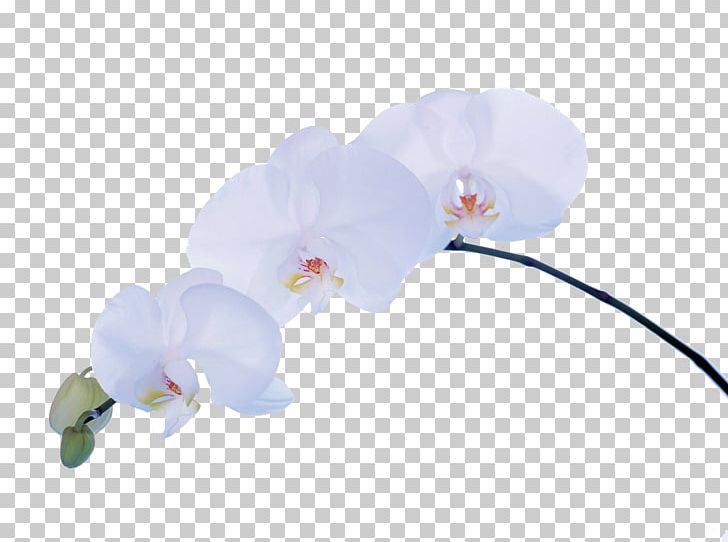





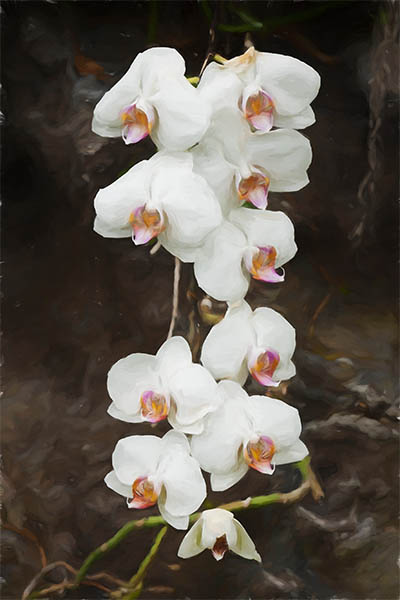
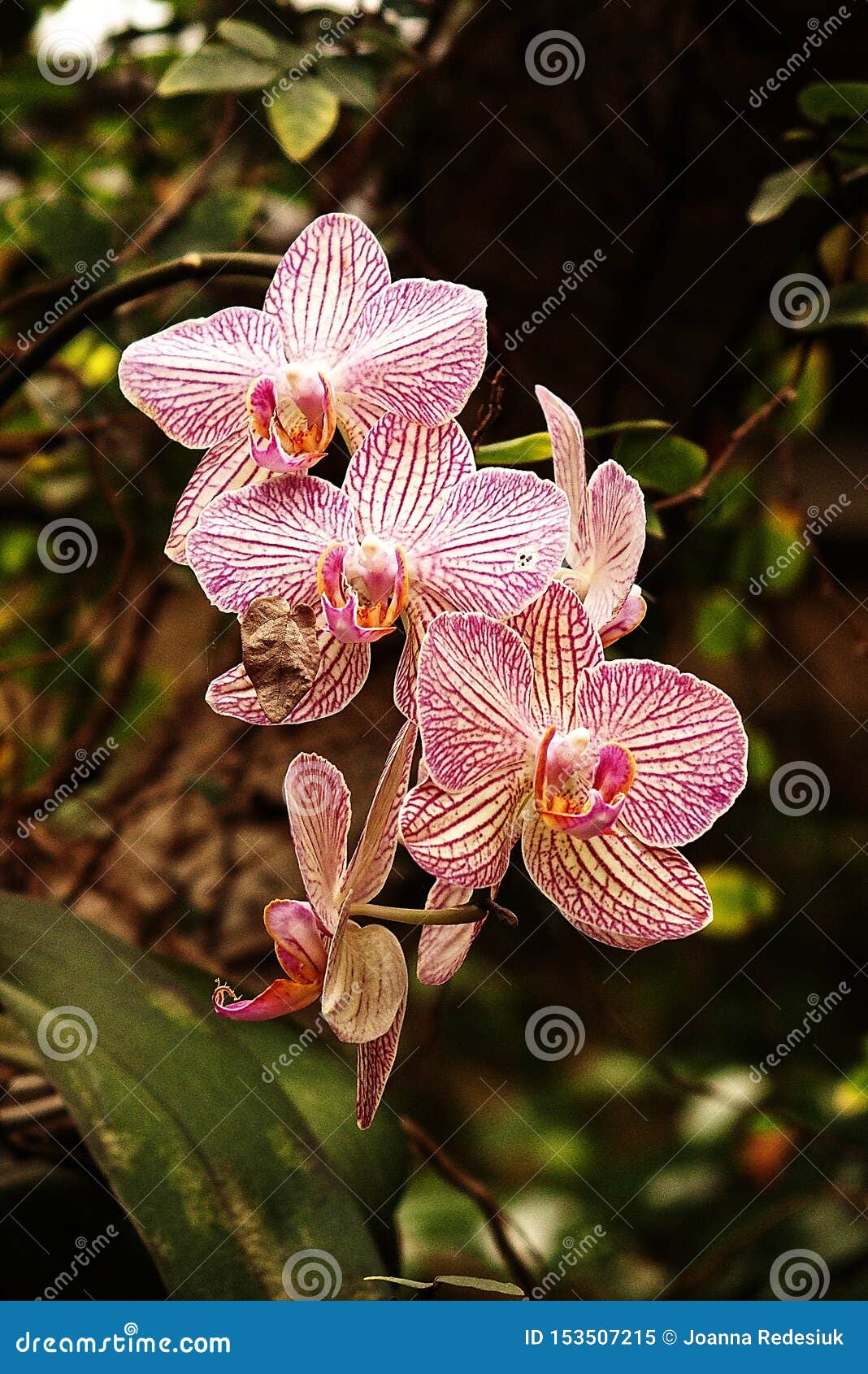
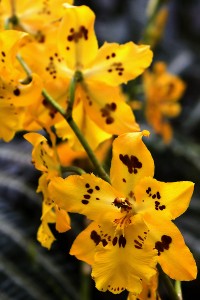


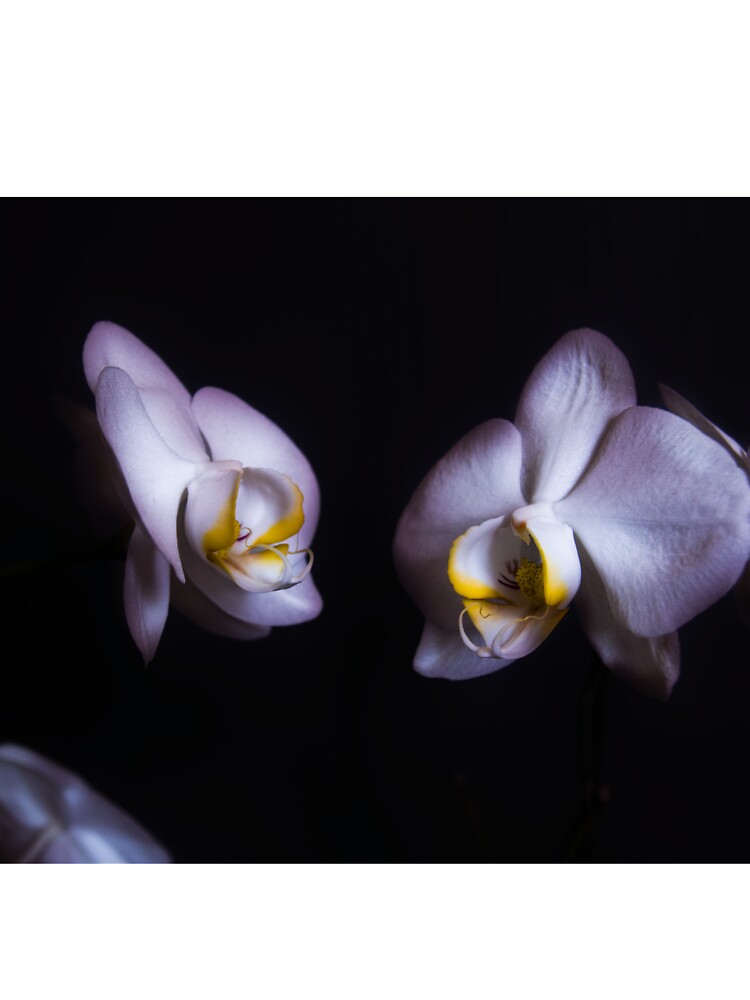


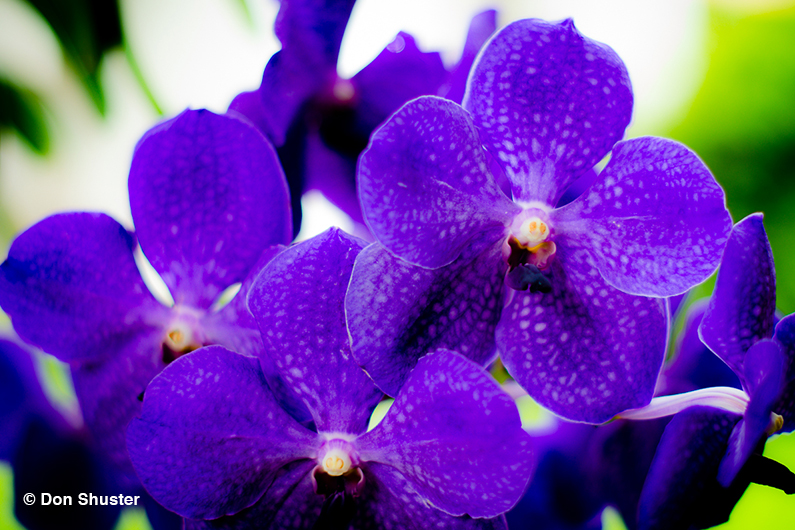


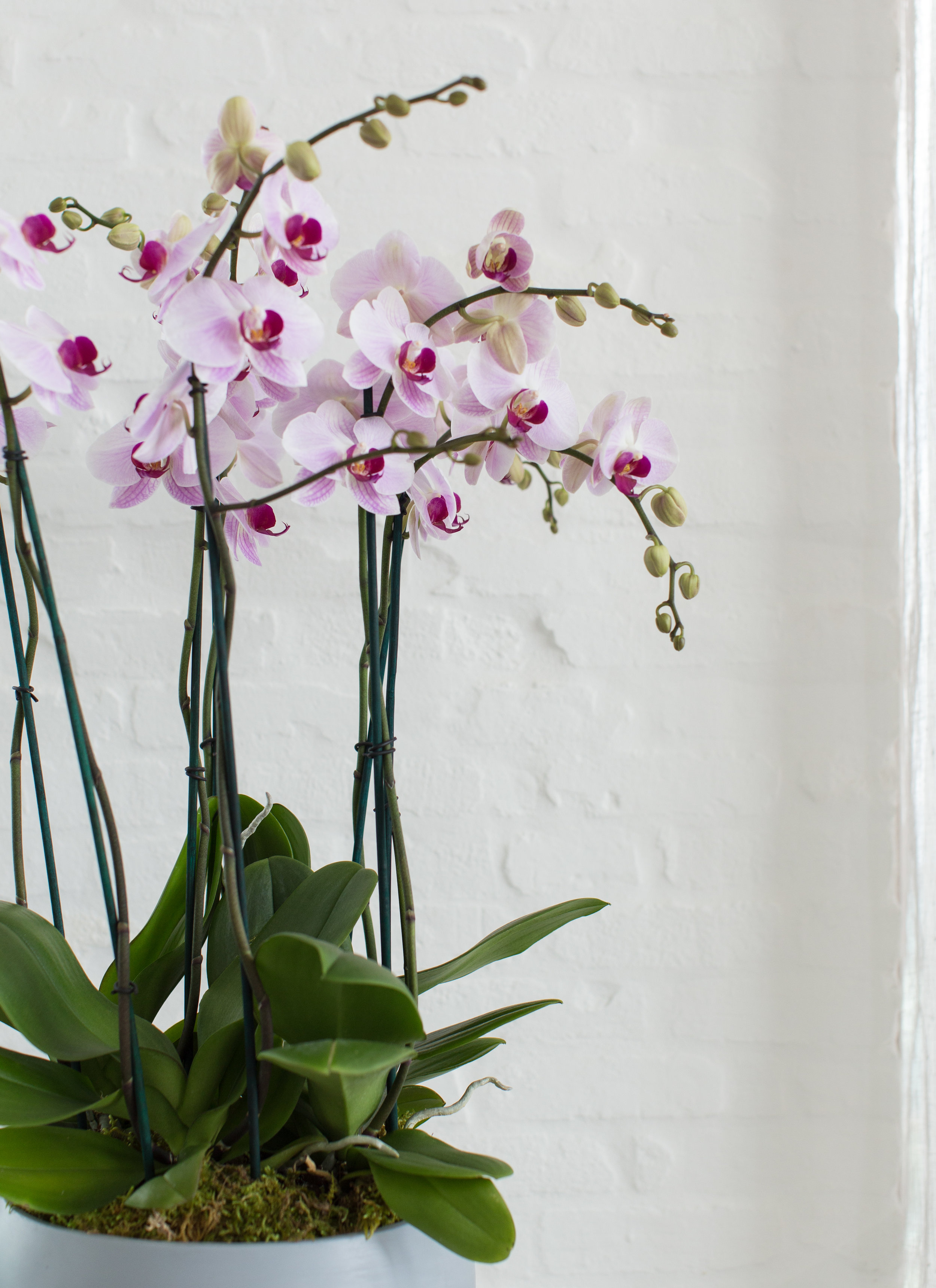
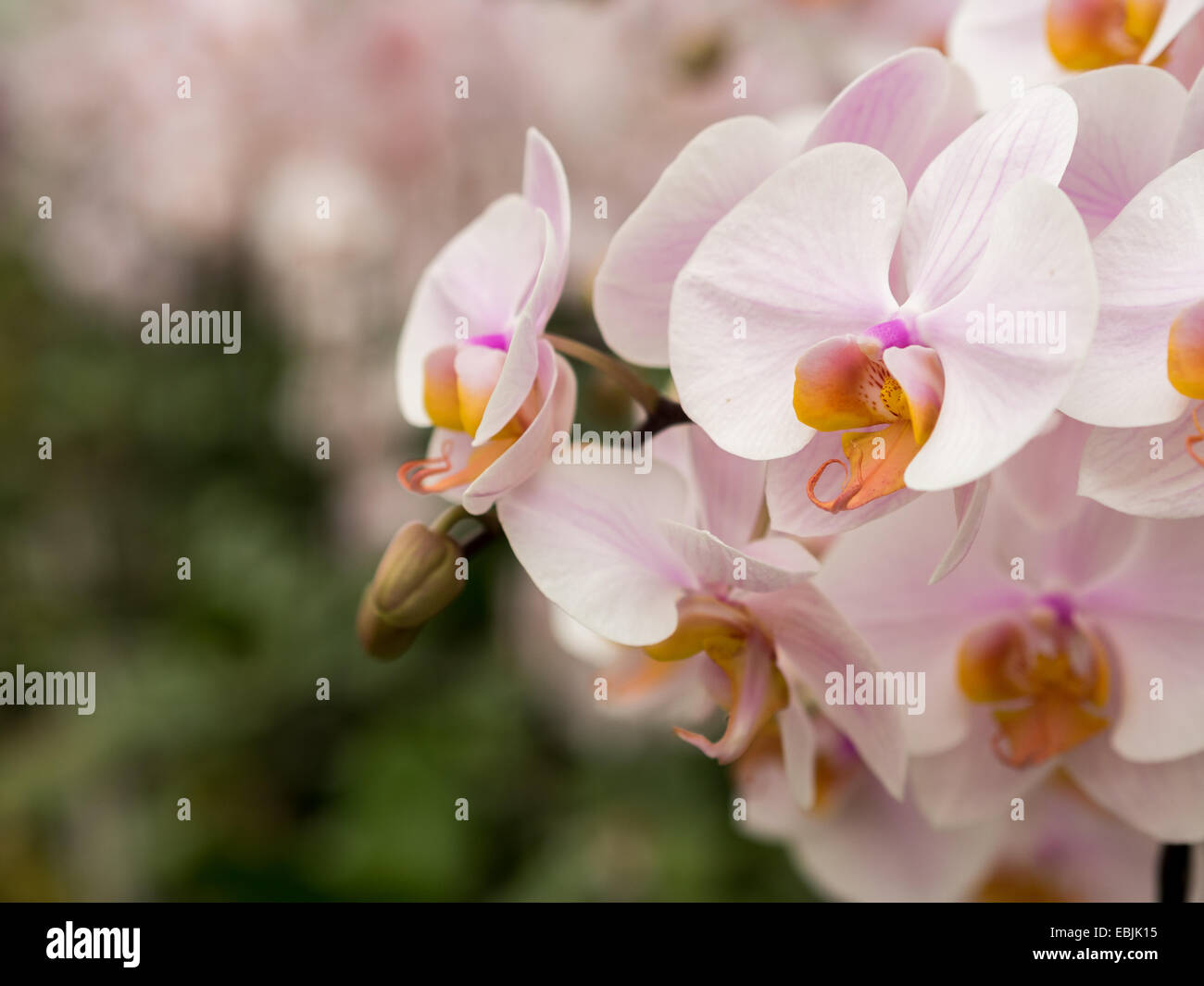









/how-to-water-orchids-1902821-HERO-96a083f82620425dadf276beefd0f5b7.jpg)
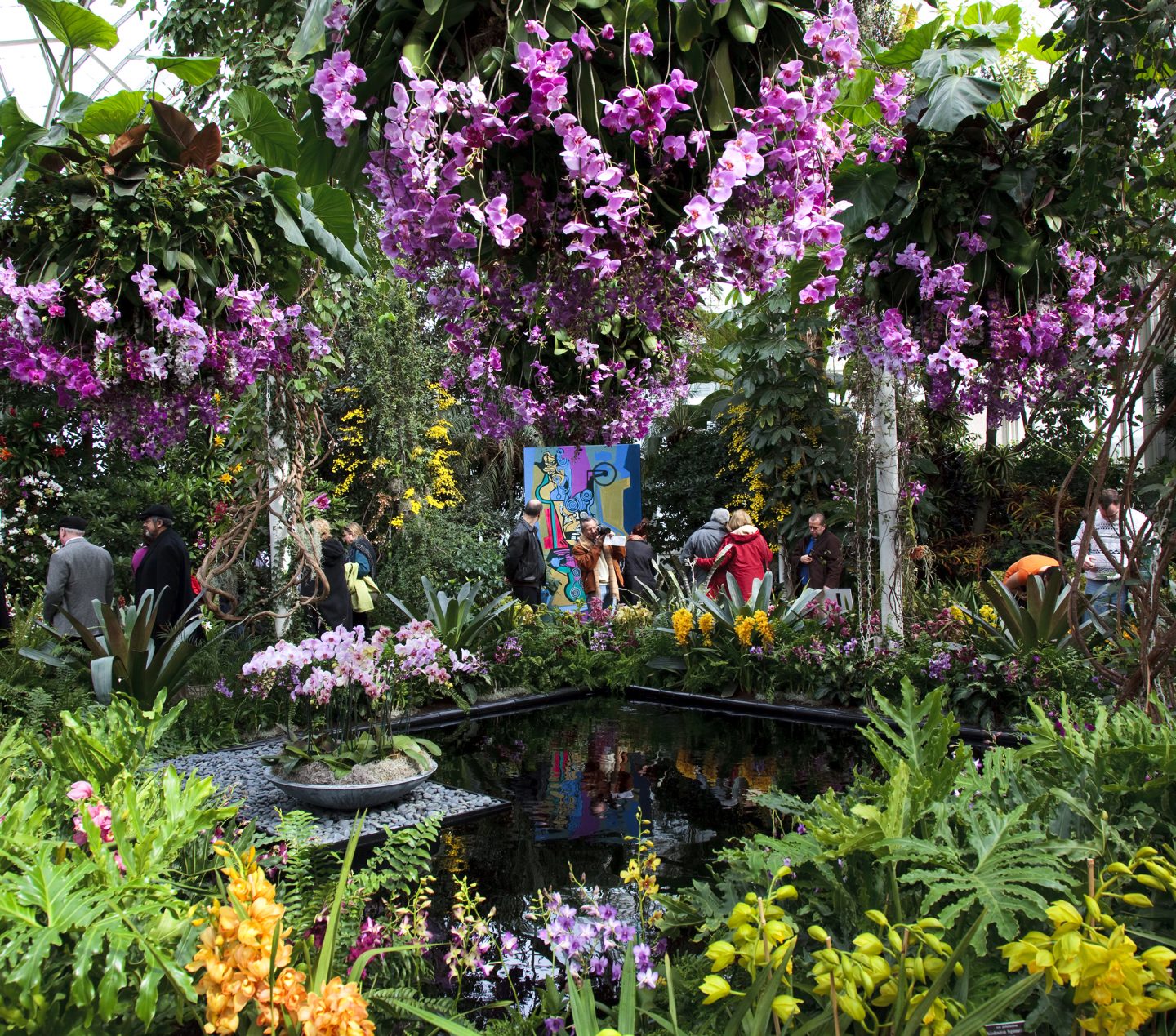

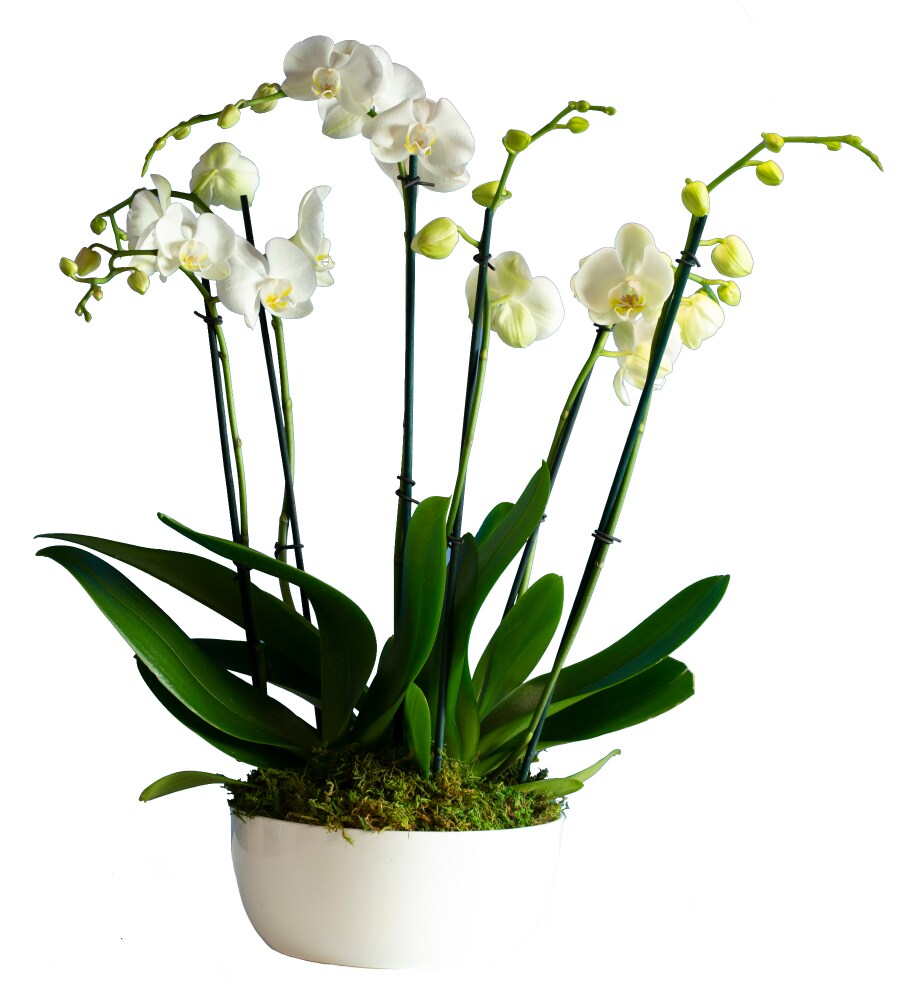

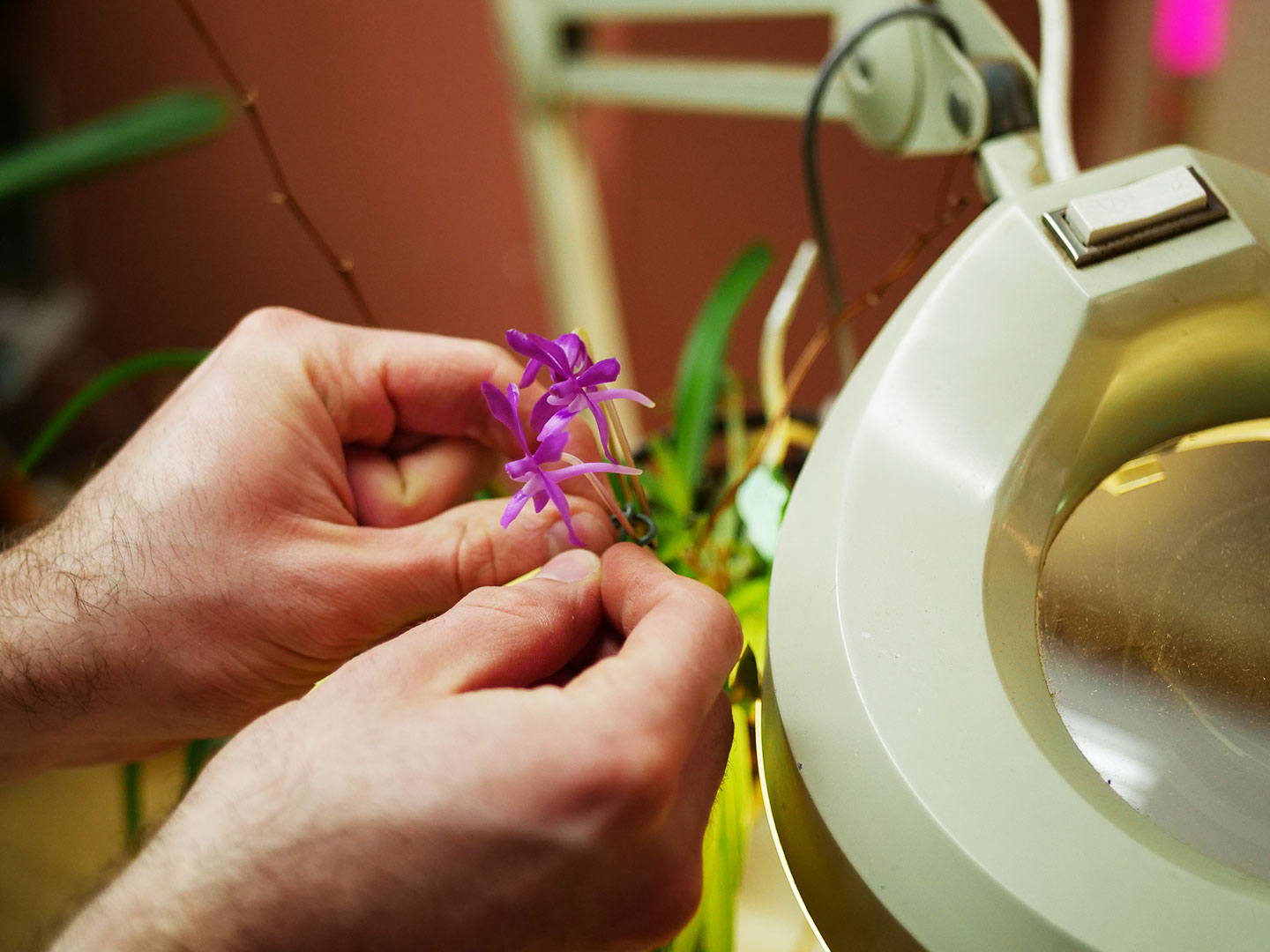

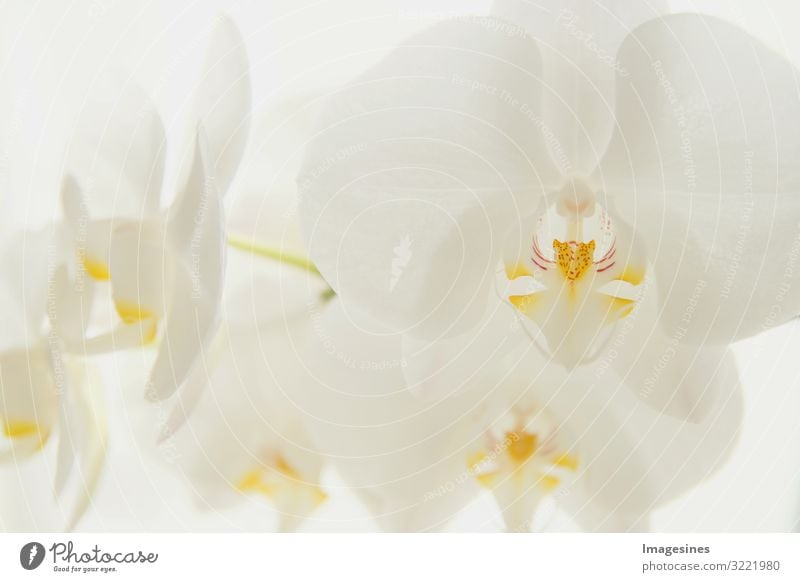




:max_bytes(150000):strip_icc()/SPR_1902822-basic-indoor-orchid-care-5ad7b108ae9ab80038fbe8b5.png)




